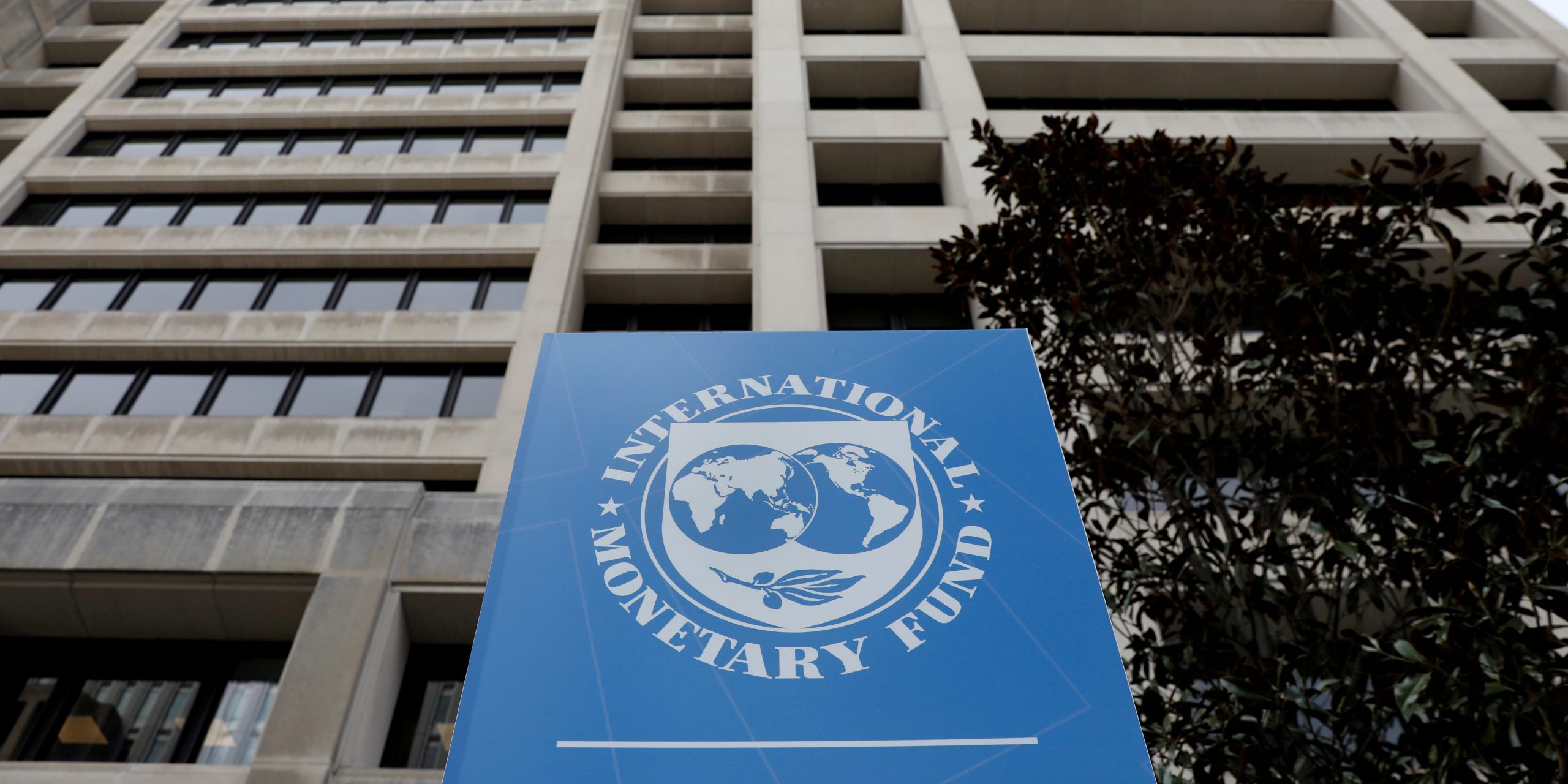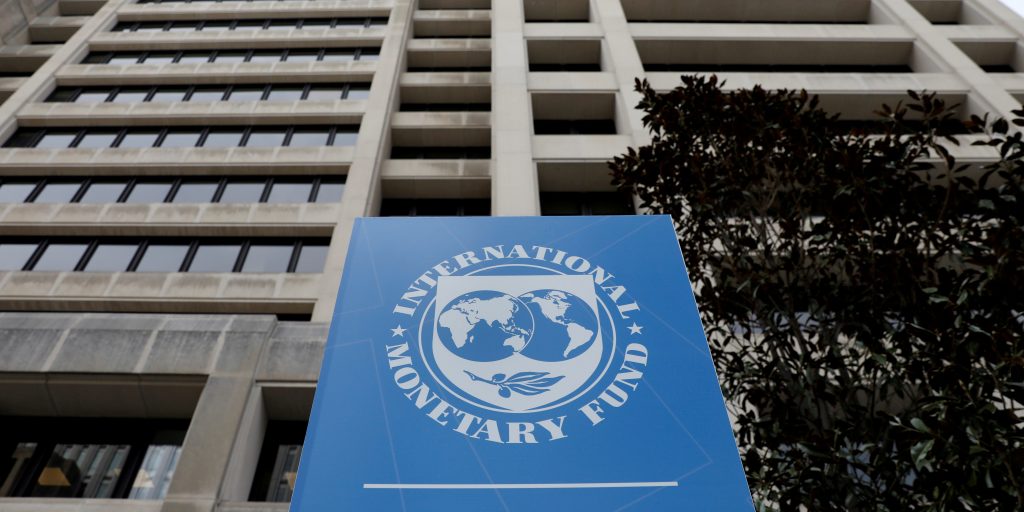
Reuters
- The IMF has voted for a $650 billion COVID-19 aid package to support struggling countries, its biggest distribution of reserves ever.
- Aid will be given in line with fund shareholdings, meaning the majority will go to developed countries.
- But the IMF is encouraging them to channel some funds to poorer countries, typically harder hit by the pandemic.
- Sign up here for our daily newsletter, 10 Things Before the Opening Bell.
The International Monetary Fund has given the green light for a COVID-19 aid package worth $650 billion, the majority of which will go to rich countries – but it is encouraging them to share some of the funds.
The aid, confirmed on Monday, is the IMF's biggest-ever distribution of monetary reserves and is meant to support countries struggling with debt and other financial fallout related to the pandemic.
Members will be given Special Drawing Rights, or SDRs, in line with current quotas of holdings on August 23. Backed by major currencies such as the US dollar and the yen, SDRs are effectively the IMF's reserve assets.
"This is a historic decision – the largest SDR allocation in the history of the IMF and a shot in the arm for the global economy at a time of unprecedented crisis," Kristalina Georgieva, managing director of the IMF, said in a statement.
Of the $650 billion total package, around $275 billion is earmarked for emerging and developing countries, meaning $375 billion should go to more developed nations.
Those richer members in strong economic positions will be able to reallocate parts of their reserves to other countries through the IMF, should they wish to do so.
"We will also continue to engage actively with our membership to identify viable options for voluntary channeling of SDRs from wealthier to poorer and more vulnerable member countries to support their pandemic recovery and achieve resilient and sustainable growth," Georgieva said.
The Covid-19 pandemic has put a substantial strain on economies worldwide, as productivity suffered and activity fell during lockdown restrictions. Governments faced increased costs in providing healthcare, vaccinations and protecting their citizens from the virus. Global stocks plunged last year as the impact of the pandemic landed, but are staging a recovery as coronavirus-related restrictions ease.
Economies have been rebounding at different speeds and to different degrees. Those countries that saw lower COVID-19 caseloads or higher vaccination rates have made quicker progress than those still grappling with rising cases and deaths, where vaccination rates are low. Developed countries with bigger markets and more economic strength tend to fall into the first category, while emerging and developing countries are mainly in the latter.
The pandemic-aid funds, once injected into economies, should boost global liquidity, build confidence, and promote the resilience and stability the global economy, the IMF said.
Since their creation in 1969, SDRs worth $293 billion have been distributed by the IMF, according to the organization's website. That makes the new commitment worth more than double the amount of aid the IMF has ever distributed in SDR form. Following the financial crisis, the IMF allocated reserves worth approximately $250 billion to its members.

